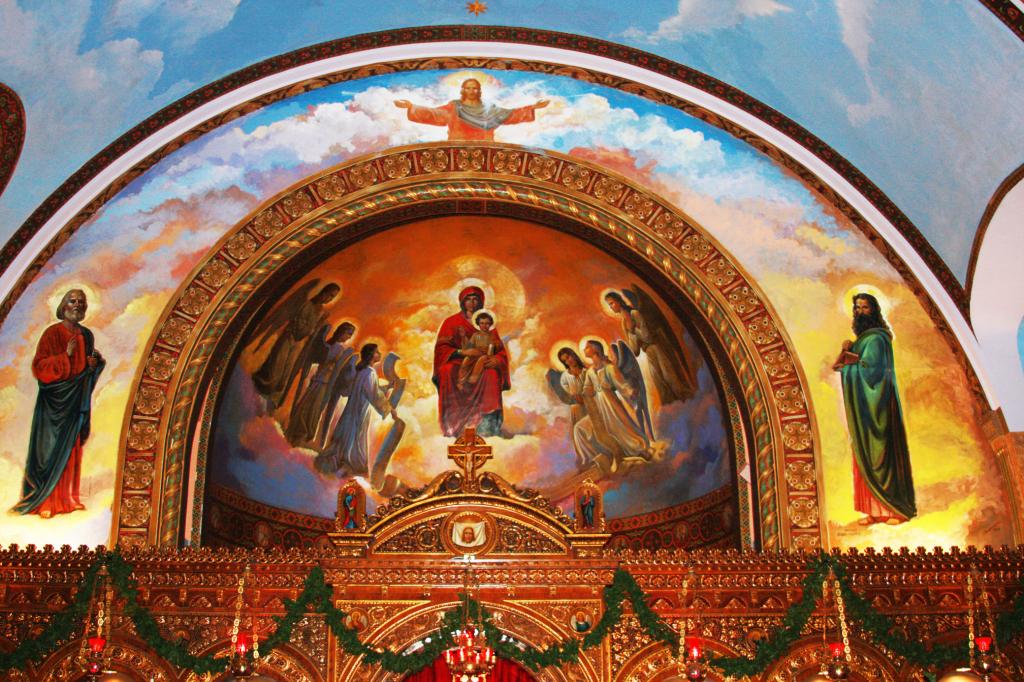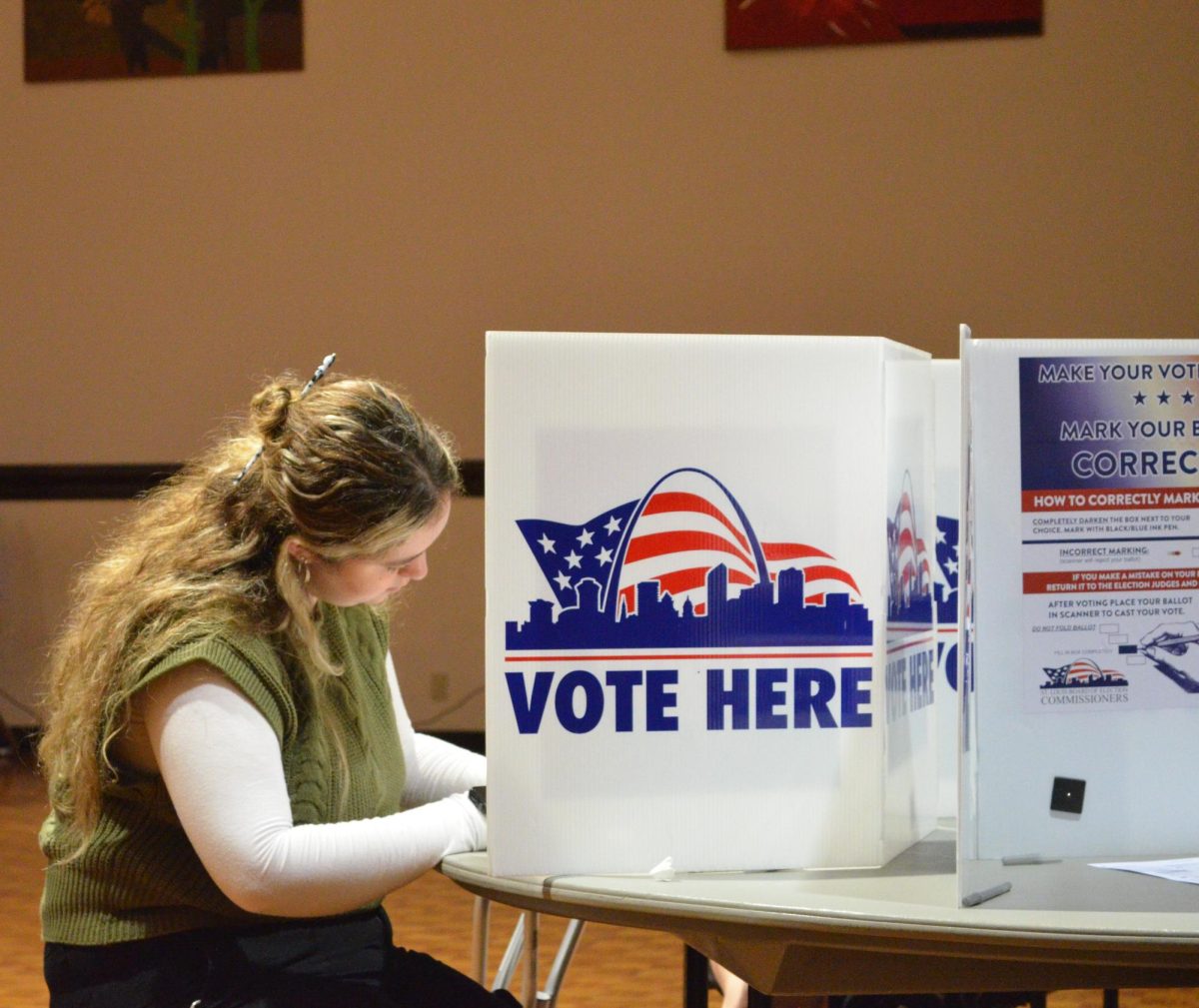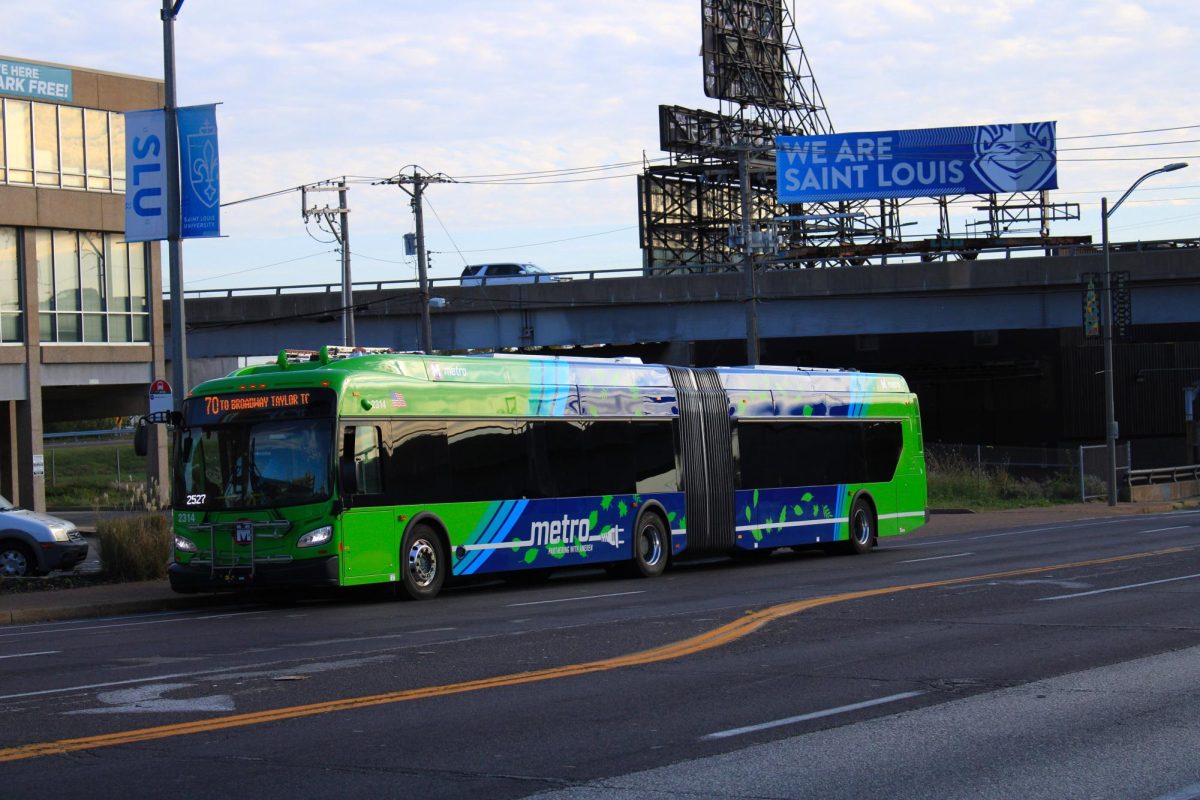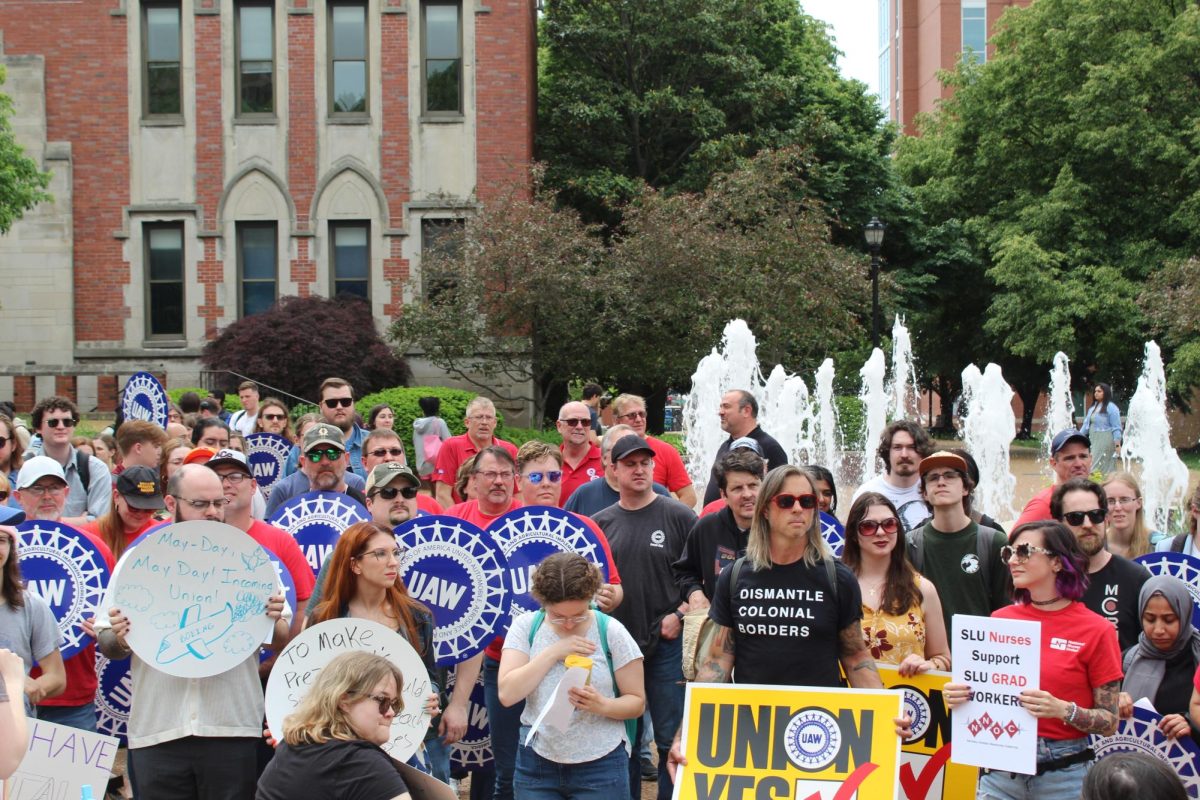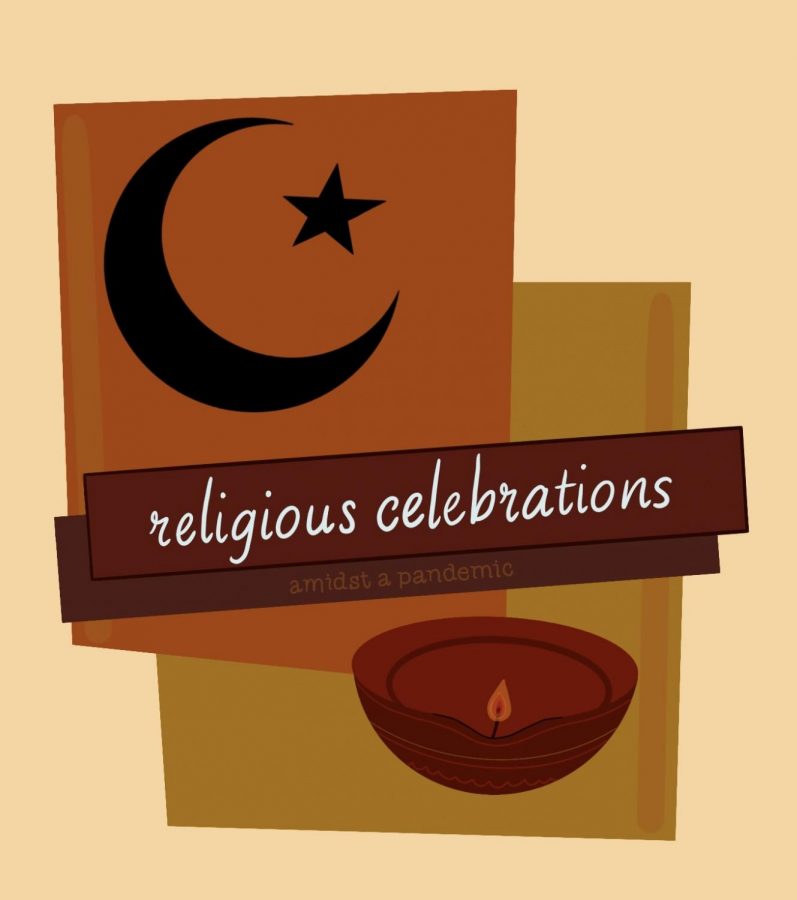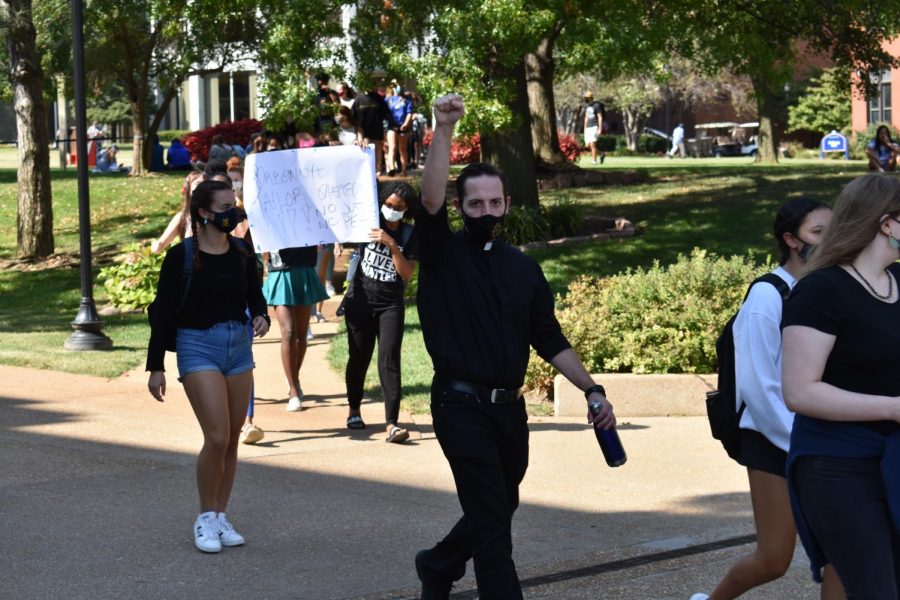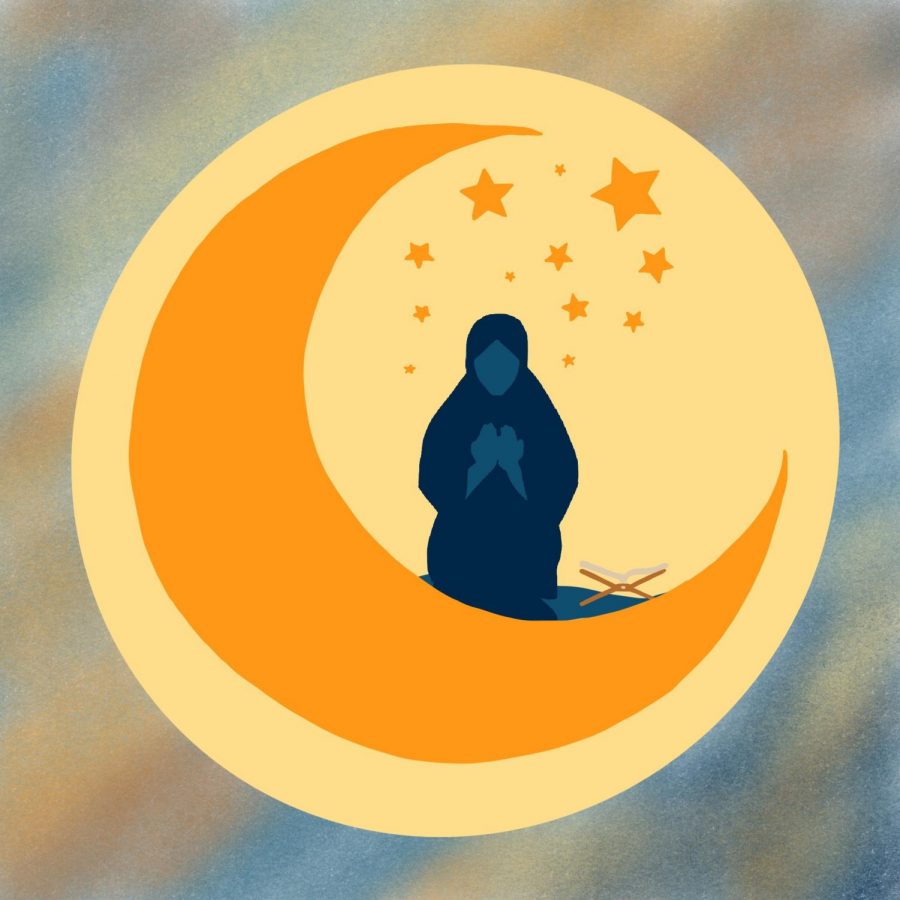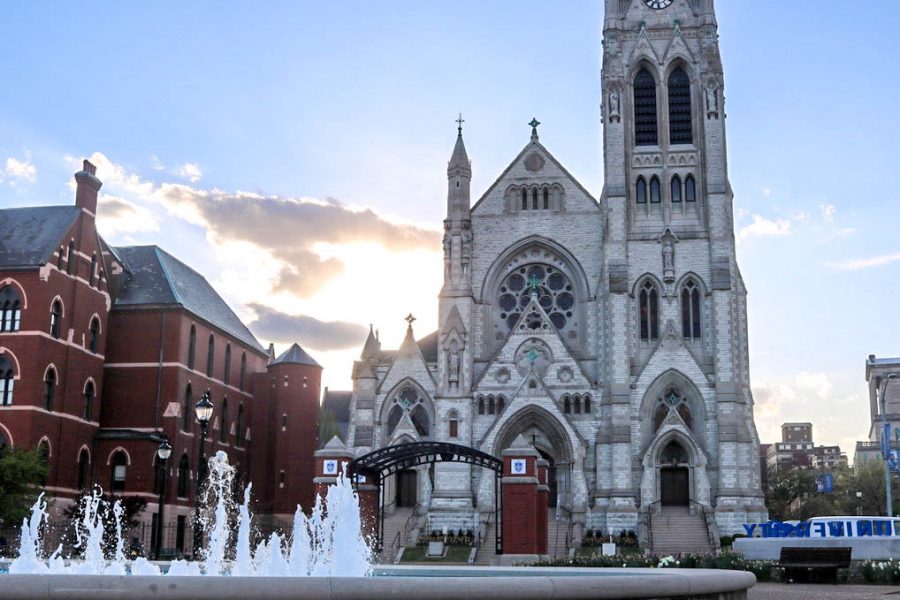The Orthodox Catholic Church, commonly known as the Eastern Orthodox Church, is the second largest Christian church in the world. Its origin goes back to the earliest church established by St. Paul and the Apostles.
Its name is a source of confusion for many, thus the common name used to differentiate it and the Roman Catholic Church. The term “Eastern” indicates the Church’s origin and development, while “Orthodox” indicates communion with the ecumenical jurisdiction of Constantinople. “Catholic” is used for reasons of universality, referring to the origins of the word in its meaning, rather than its common reference to the Roman Catholic Church.
The term “Greek” can be attributed to the expansion of the Eastern Churches from Constantinople that spoke Greek, and the term stuck even to the churches that didn’t, said Daniel Schlafly, history professor at Saint Louis University.
Fr. Michael Arbanas, the second priest at St. Nicholas Greek Orthodox Church in Saint Louis, stated that structurally, the Orthodox Church “consists of several ecclesial bodies” that are geographically distinct, but united in theology and worship, which includes the Russian, Romanian, and Greek Churches.
The distinction between the Roman Catholic Church and the Eastern Orthodox Church occurred during the Great Schism in 1054. According to Schlafly, both the Eastern and Western parts of the Church had been in frequent conflicts over the centuries over issues of doctrine, and especially the authority of the Roman Pope. Icons of Jesus and saints, a signature look of most Orthodox Churches, nowadays, was another point of conflict prior to the split. “The 6th, and especially the 7th ecumenical council, settled the question of venerating icons,” Arbanas said. Ecumenical council is the term for a council of all bishops.
Currently, all twelve heads of the autonomous Orthodox churches in the world have agreed to hold the first ecumenical council in 2016.
The Orthodox Church is a communion of 14 autocephalous churches, which are completely independent administratively, but all answer back to the Holy See in Constantinople.
“When you are referring to the Greek Orthodox Church, you are either referring to the Church in Constantinople, or the church in Greece”, said Arbanas.
According to Schlafly, Orthodox Churches are more traditional in their liturgy, and still use the Greek language today, but others have started using English, too.
The Eastern Church has always adapted to the local culture, while staying in accordance with the major tenets of the faith, said Arbanas.
“At St. Nicholas, about 85 % of attendees speak English…in places such as Chicago, with a larger population of immigrants from different places … [in Greece] Greek is still used,” said Arbanas. He said, “there is pastoral discretion” in regards to the language of the liturgy.
St. Nicholas Church, located at Forest Park Avenue and Kingshighway Boulevard, is a local parish that belongs to the Greek Orthodox Metropolis of Chicago, a part of the Greek Orthodox Archdiocese of North America.
A parish, according to Arbanas is “a local eucharistic community that is under the guidance of a higher bishop.”
“Bishop, spiritual overseer, is what the word literally means,” said Arbanas. The Holy See of Constantinople elevated Metropolitan Iakovos was to the rank of bishop of St. Nicholas in 1969.
The alter of St. Nicholas’s church has a throne for the Bishop on the side, a reminder for the priests that they answer to the Bishop. In the middle are two candle stands, known as manoualia, which are used during prayers. They are representative of the pillars of fire that guided the Hebrew people escaping Egypt.
Eik?n, or icon in Greek, represents a mystical connection to God for those in the Orthodox Church. Fr. Douglas Paulis, another pastor at St. Nicholas Greek Orthodox Church, stated, “icons are a method of teaching the faith and their use predates the completed canon of the Bible.”
Last November, Pope Francis said that he hoped for continued dialogue between the Catholic and Orthodox Churches , in official letter to the Holy See of Constantinople.
Dec. 6 marks the feast of St. Nicholas, and a week of activities commence. The Friday prior to the feast, St. Nicholas Church will a host a vespers service, and a divine liturgy the following day.
